The School of Computing Senior Design Showcase 2023-24
Sponsor a Project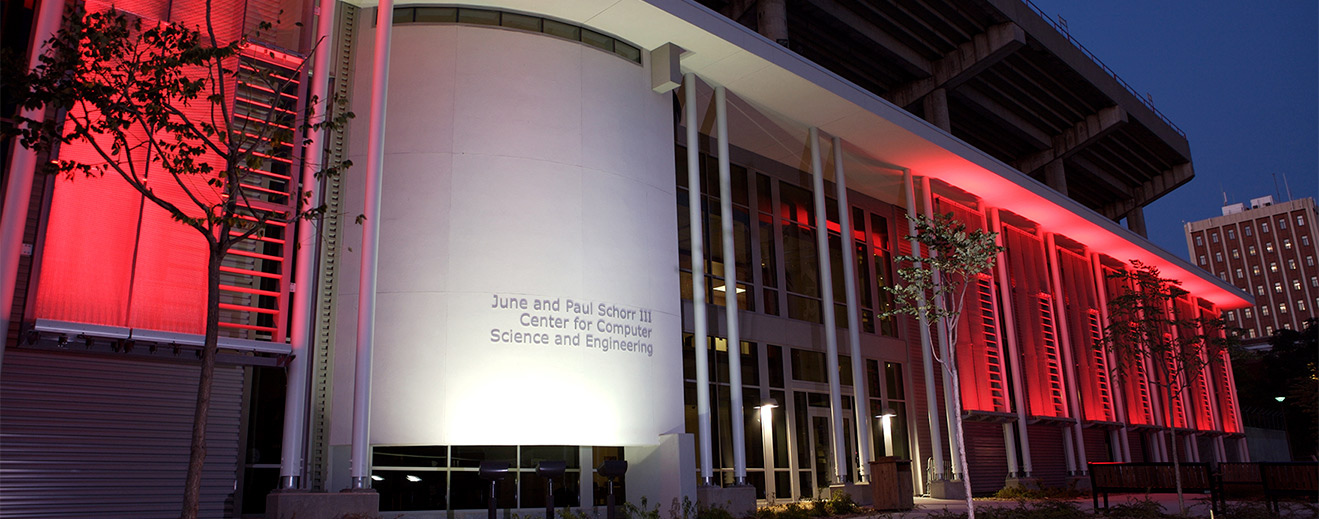
2023-24 Senior Design Project Showcase
The Senior Design Capstone provides an opportunity for industry and academic sponsors to engage and utilize the minds of some of the brightest students on campus. In the 2023-24 academic year, the Senior Design Capstone is grateful to be supported by the following sponsors.
Showcase Introduction and Keynote Speech
Dr. Chris Bohn, School of Computing Assistant Director for Capstone (Introduction)
Tess McKinney, CEO of XRenegades, A Firework Media Studio Company (Keynote)

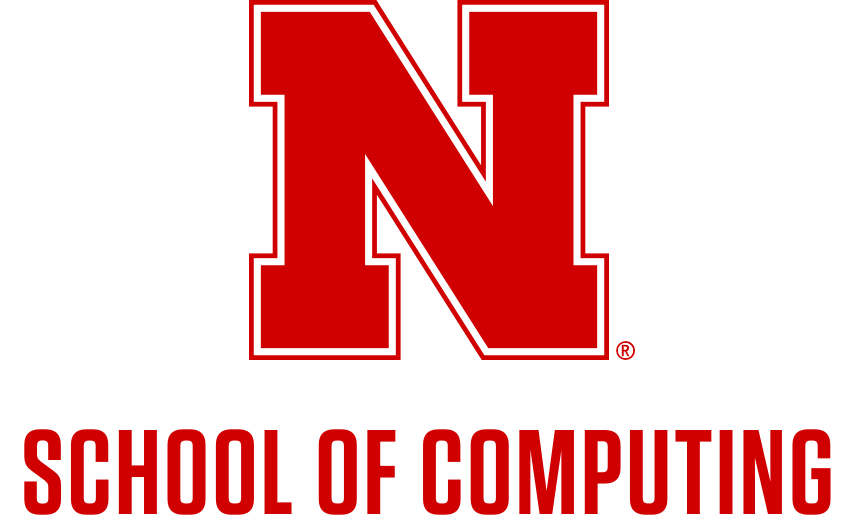
UNL SoC RamamurthyEmotional Regulation Training App There is a large population of people with substance use disorders (SUD). These SUDs may start at a young age, leading to developmental issues and a lack of emotional awareness and control. Even if people began their SUD at an older age, they may experience troubles controlling their emotions resulting in them living in residential treatment facilities. In this project, the development team created a novel mobile emotional regulation training app tailored for homeless individuals recovering from substance use disorders. The mobile application that the users in the facilities use, had a few key features. The main goal is to help them regulate their emotions and this is done by answering some questions, then watching a video, and finally answering the same questions to see how the video helped to regulate their emotions. The video they watched is a prerecorded video of their personally created avatar doing yoga. This avatar can also be found on their homepage of the application which hopefully gives them a sense of belonging in the app. Users can also see how many times other users have watched videos in a day, the money that they have earned during the study, and their positive data that has happened in the past week. Each of these features are meant to help lift the mood of the user and encourage them to keep using the application instead of possibly relapsing due to emotional overload. Complementing the user-centric mobile app, the team created a web application that the administrators and counselors at the facilities can use. They are able to upload the videos and avatars for the users and see some aggregate data for the over study. Most importantly, they can see the responses for each user and can use that to develop a better idea on how the videos are helping regulate their users emotions. It was the wishes of the sponsors and the development team that the emotional train regulation application will provide better and comprehensive support to individuals navigating the challenges of substance use disorders and homelessness. |
|||||||||||
|
|
Squad Team Members
|
||||||||||

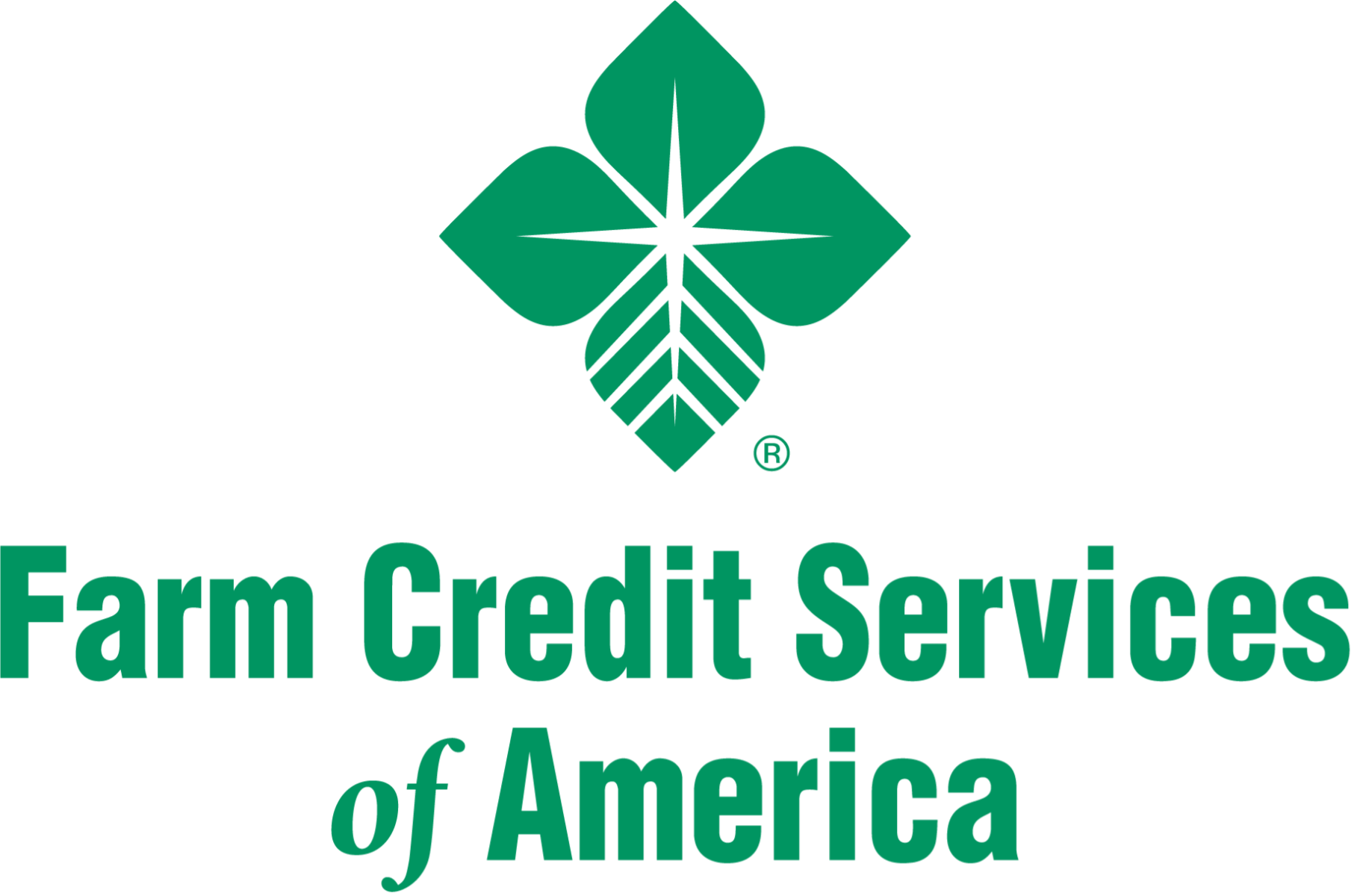
Farm Credit Services of AmericaFieldFolio FieldFolio is an innovative application aiming to revolutionize the way individuals explore and evaluate farmland listings. At its core, FieldFolio offers several map features that integrate various data sources, including soil analysis, aerial imagery, plat maps, and crop history. By combining these diverse datasets, users gain a comprehensive understanding of each property's unique characteristics and potential. This holistic approach empowers users to make well-informed decisions about agricultural investments, whether they are seasoned farmers looking to expand their operations or investors seeking profitable opportunities in the agricultural sector. By providing a micro frontend that offers detailed insights into farmland listings, FieldFolio aims to streamline the process of researching and evaluating agricultural properties, facilitating more efficient and informed decision-making for users across the agricultural industry. Understanding the stakeholders' requirements for the team’s frontend app posed a significant challenge at the onset of our project. The team needed to grasp the diverse needs of users, ranging from seasoned farmers to investors, and translate those requirements into a user-friendly interface. Additionally, comprehending the scope of integrating various data sources and setting up the project’s development environments efficiently was crucial for smooth progress. To tackle these challenges, the team leveraged the ArcGIS JavaScript platform and adopted TypeScript within an Angular framework for robust and maintainable code. Integrating these tools into the existing codebase allowed for seamless development and ensured compatibility with the desired functionalities. Furthermore, deploying the app on a development environment facilitated iterative testing and refinement, ensuring that the map tool met the needs of the stakeholders. Utilizing mockups from FCSA, the team crafted a map tool that offers users the ability to explore surrounding land for agricultural real estate. Through the integration of soil data, aerial views, and historical crop information, users can make well-informed decisions about potential investments. This comprehensive approach not only enhances the user experience but also provides valuable insights into the characteristics of each property. Throughout the development process, communication with FCSA was critical to the project’s success. By actively engaging with stakeholders, the team identified the project's direction and brainstormed new ideas to enhance the map feature. This collaborative approach ensured that the solution aligned with the evolving needs of the users, ultimately delivering a valuable tool for navigating the agricultural real estate market. |
|||||||||||||
|
|
Squad Team Members
|
||||||||||||

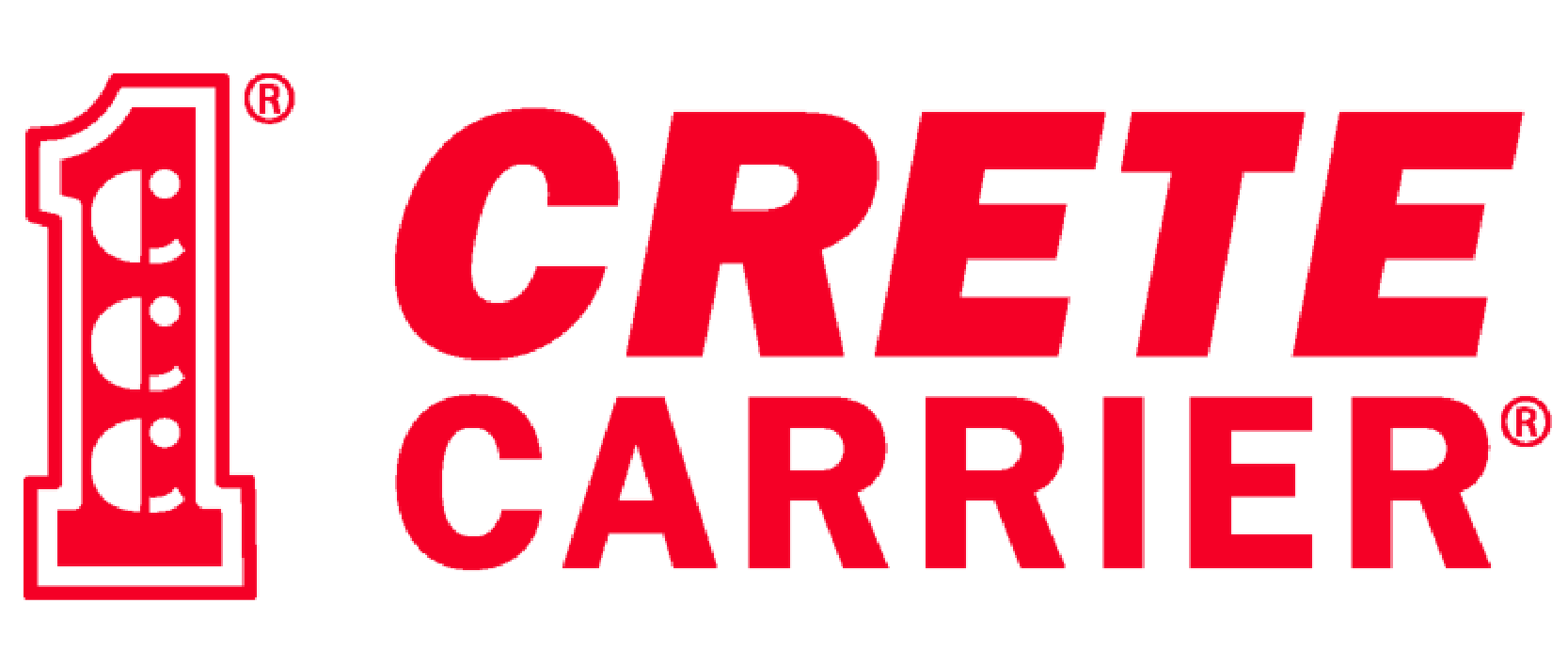
Crete CarrierCustomer Freight Tracking Crete Carrier believes that building and maintaining relationships with customers is a crucial piece of building a successful organization. Strong relationships provide the best opportunity to secure the most productive freight at profitable rates. A key part of these relationships is visibility; customers want to know where their loads are at any given time. To provide customers with this visibility, the team was tasked with rebuilding and modernizing their existing Freight Tracking application, making it easier for both customers and employees to use while retaining all existing functionality. The new Customer Freight Tracking application was created using Python Flask along with HTML/CSS, JavaScript, and a Snowflake database. Throughout the application, a minimalistic and consistent user interface following Crete Carrier’s style guidelines was implemented to ensure an intuitive and user-friendly experience for customers. After logging into the application, customers are greeted with a responsive table displaying all their recent shipments. This table is equipped with a variety of filters and dropdown selection menus, allowing for customers with hundreds of shipments to quickly locate and track individual loads in real time. Customers are only able to view their own shipments; however, employees can view the shipments of any customer. Employees and customer administrators can invite new users to the application and assign these users relevant permissions. Invited users will receive an email with a unique confirmation link that brings them to a page where they can complete their account by entering in a password which is then securely encrypted and stored in the database. Employees and customer administrators can also manage the users beneath them, editing permissions or deleting accounts when necessary. These features not only improve the visibility and tracking of shipments for Crete Carrier's users but also streamline the administrative processes, reinforcing the sponsor's commitment towards sustaining positive customer relationships. |
|||||||||||||
|
|
Squad Team Members
|
||||||||||||


Henderson State BankAg Input Origination Software Henderson State Bank is a bank headquartered in Henderson Nebraska, with a few branches spanning across the state of Nebraska. For their bank, the current process for obtaining a loan was a long and rigorous processive. Also, in most cases, they were repeating the activity, which caused the bank to use their time ineffectively. Before a loan is given, they are required to collect relationships, financial statements, loan applications, and tax returns from their customers. Also, for a loan to be given the company must check the customer’s historical records and do a credit check on them using a Credit Bureau Report. This involves performing UCC searches and a few other searches needed to give a loan. After all this information has been processed and checked, the preprocess loan approval would be approved. After this, an account specific to that person is opened under Henderson State Bank. Next, a loan document is created and filled out, which needs a signature from the customer. This whole process of requesting a loan and filling the information out can be long and tedious. Once the loan is correctly completed with the correct information, the sum of money would advance into their checking account, where the customer can use it for their proposed purpose. This process of getting approved for a loan, checking customers background, and filling out a loan can take a long time. The sponsor wanted a software application for Henderson State Bank that will streamline this process. Rather than constantly repeating the loan application process, the software was created to simplify writing and approving loans. Also, with Henderson State Bank growing at a rapid pace, and more companies wanting to work with them, the software needed to be a quick and easy process to give those companies loans. Each loan would then be filled out by the associated customer. With this new software application, the process for obtaining a loan was considerably more efficient and scalable, especially as Henderson State Bank continues to expand. The proposed solution that our team came up with was to create software that would allow a company representative or admin to sign up on. This company representative or admin would manage all accounts within their certain company. Within each company would be loan application templates that would be provided by the company representative at Henderson State Bank. An admin at Henderson State Bank would be able to create a new loan application by selecting the necessary sections and fields to be on the loan application. After a Henderson State Bank admin has completed this process, the loan application would be viewable in a readable format assigned to a specific company. This company would be able to select a certain loan application to give to their customer to fill out. After the loan has been filled out, the company would submit for review from a Henderson State Bank employee. If the Henderson State Bank employee approves the loan, then the customer would be given the sum of money. With this new software that the team created, the bank would now be able to quickly have loans created, filled out, and approved. |
|||||||||||
|
|
Squad Team Members
|
||||||||||


NelnetAI Financial Budget Calculator Nelnet is a diversified company that provides educational services, technology solutions, telecommunications, and asset management, primarily focusing on loan servicing and payment processing in the education finance sector. The company wanted a budgeting tool to solve the problem of existing financial calculators often falling short by focusing on one-time scenarios without considering long-term outcomes. Our senior design team was tasked with creating this tool which was designed to allow users to see a holistic perspective of their financial future, leveraging real-time or current data for precise calculations. This tool is called the AI Financial Budget Calculator, which offers users an interactive interface to explore the far-looking impacts of financial decisions. By integrating AI, the tool delivers personalized guidance through various life decisions—from education planning to retirement. Its advanced AI assists users with critical budget areas and possible outcomes, utilizing real data for variables such as tuition costs, housing expenses, and projected salaries. In the development of the tool, the team utilized the React framework to build a responsive and dynamic user interface. This choice allowed for an engaging user experience, which is crucial for guiding users through the complexities of financial planning. On the backend, the team utilized Python to handle complex computations and data management. Python's integration with the GPT API enabled the tool to deliver personalized financial advice and scenario analysis. The team also performed market research into credible and reliable financial sources to accept data from, to provide users with as accurate advice as possible. The synergy between React's front-end and Python's backend capabilities, combined with the analytical power of the GPT API and the curated financial data, culminated in a refined financial planning tool designed to educate users with smart, data-driven insights. |
|||||||||||
|
|
Squad Team Members
|
||||||||||
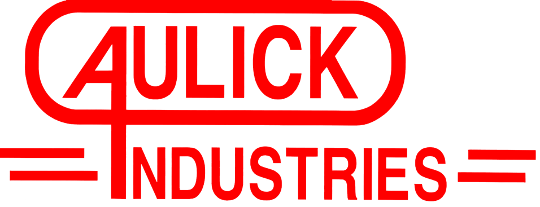
Aulick IndustriesElectronic Parts Catalog Challenge: Aulick Industries faced significant challenges in managing their extensive inventory of parts across multiple warehouse locations. The existing process was done on paper which became cumbersome, time-consuming, and prone to errors, leading to inefficiencies in inventory management and internal communication. There was a clear need for a streamlined, accessible, and user-friendly system to manage parts inventory, requests, and transfers within the company. Solution: To address these challenges, our team developed a comprehensive electronic parts catalog tailored specifically for Aulick's internal use. This digital catalog, resembling an e-commerce platform, offers a portable, user-friendly interface for employees to browse, search, and manage the company's vast inventory of parts. Key features include advanced search filters, parts request and transfer order functionalities, and an intuitive feedback mechanism. The catalog facilitates seamless communication by automatically sending emails to relevant parties when orders are created. Implementation and Impact: The implementation of the electronic parts catalog significantly transformed Aulick's inventory management processes. The platform's intuitive design and user-friendly features have streamlined the parts request and transfer processes, leading to improved operational efficiency and productivity. Employees can now easily find and request the parts they need, reducing downtime and accelerating project timelines. The feedback mechanism has also enabled continuous improvement of the catalog based on user input. We are delighted to highlight that our application has been seamlessly integrated into Aulick's daily internal operations, proving to be fully functional and indispensable. Our tailored solution not only addresses their current needs but is also poised to continually enhance their business and operational efficiency in the future. We are confident in the lasting positive impact our system will have on their organization, reinforcing our commitment to delivering innovative and practical solutions. |
|||||||||||||||||||||
|
|
Squad Team Members
|
||||||||||||||||||||

CLAASBolted Joint Witness Mark Functionality When it came to creating a detection system there were many challenges the student team faced. The team first began addressing ways to detect vibrations on the torque tool. Since the detector would be mounted on the torque tool the solution had to have a small form factor, be lightweight, and simultaneously have low power consumption. To solve this problem the team used a small form factor accelerometer mounted to the bottom front of the torque tool that fed its data to an Arduino Nano for interpretation. With a source of information about the torque tool's vibrations, the next challenge was being able to identify if the torque tool was running and if it had reached torque spec. Given that the current solution was manual marking of torqued bolts the team was challenged with achieving above 90% accuracy of the torque tool properly tightening bolts. An algorithm was implemented on the Arduino that when given accelerometer data the microcontroller would determine how long rapid vibrations had been occurring, determine if an acceleration spike was identified (which is characteristic of a clutch disengagement), and see if the overall vibration signature matches that of a correctly torqued bolt. With this proposed solution the team was able to achieve 80% accuracy with plenty of room for optimizations and algorithm improvements. The second half of this project was to mark the bolt that had reached the required torque specification. Again, this solution must also be lightweight, have a small form factor, use minimal energy, and also be able to produce a mark in any orientation. The team created a system that pulls air pressure from the air hose connected to the torque tool. This connects to a pressure regulator that then pressurizes a reservoir containing a bladder of paint. This enables the paint to exit the reservoir in any orientation. Two solenoids are employed to provide a means of marking the torqued bolt. The first solenoid releases paint from the reservoir into a chamber connected to a tube which routes to the end of the torque tool. After the chamber is filled with paint a second solenoid releases pressurized air to blow the paint out of the chamber and mark the torqued bolt. Additional optimization challenges present themselves when it comes to making an adequately sized mark while maximizing the number of usages before the reservoir runs out of paint. |
|||||||||||
|
|
Squad Team Members
|
||||||||||
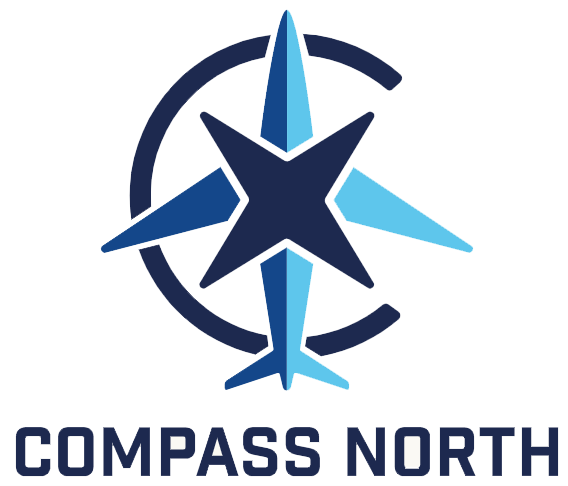
Compass NorthMobile App Modernization The Compass North team was tasked with modernizing our sponsor's existing pilot logbook system, which was split between a web and mobile application. The primary objective was to combine these platforms into a unified Progressive Web App (PWA) optimized for both online and offline functionalities. This required a thorough reevaluation of the architecture of the software and subsequent rebuilding. We first set out as a team to redesign the sponsor's database. Over the years, the data models went through many different iterations, trying to accomplish goals that were no longer supported. Our team rebuilt the database from the ground up, leveraging PostgreSQL to make it more lightweight and only use what the sponsor needed. The servers the sponsor was using were traditional, always on servers that were expensive to maintain. We pivoted the backend to use AWS Lambda and RDS to minimize cost and ensure the sponsor only paid for the server space they were using. The frontends for the website and mobile app were built at different times, by different people, in different frameworks. We sought to remedy this by rebuilding the pages and flow of the software into one cohesive PWA. By building the app as a PWA, users can install the website as a mobile app on their phones, significantly reducing the technical debt from the developer's side as there is now only one project instance to maintain. With this, our team also had to ensure the front end was responsive and could work on desktop and mobile devices. Being a logbook app for pilots, data and network connectivity are never a guarantee, but the user being able to input data even while offline was a very important feature for the sponsor. Our team designed an offline data syncing layer in the app to cache the data entry of the pilot's logs and all other data manipulation to allow the software to work even while 10,000 feet in the air. |
|||||||||||
|
|
Squad Team Members
|
||||||||||

DMSiForklift Automated Inventory Tag Moves The aim of this project is to automate the time-consuming task of tracking lumber bundles that is currently done manually in many of DMSi’s client warehouses. To accomplish this, the team set out to build a camera system to be attached to the warehouse forklifts that can scan QR codes on the bundles as the forklifts drive up to or back away from them. The positions of the bundles are calculated using other codes in the camera’s peripheral as they are dropped off, then the system updates an overhead database with any bundle moves it performed to keep a complete record from multiple forklifts. The project also includes a web app run on a tablet in the cab of the forklift which allows the driver to correct any errors that might arise with the bundle scanning. One quite challenging part of this project was researching a camera and a mobile device that would meet the project requirements. This proved difficult because limited online resources for scanning multiple QR codes at once eliminated a lot of camera options, and the mobile device for running the user interface would also need to be able to communicate with the camera. The team landed on using a GoPro Hero 11 camera and originally planned on wiring it to a Windows tablet. However, the rough environment of the forklift created more challenges for using any long cables, and there were some issues with image quality when transferring images via Wi-Fi. This led to the team considering and implementing a new method of using an android phone to take the images and process the QR codes before sending the tag information to the app on the tablet, which allowed for higher quality images to be transferred. The web app for the system was built using Electron in TypeScript, utilizing DMSi’s Wedgekit UI library to stay consistent with existing DMSi applications. Many discussions were had with DMSi developers and project managers to ensure a smooth user experience that meets their expectations. The app went through a few iterations, such as a switch from a portrait to landscape layout. An important goal of the project was for the system to be as automated as possible so the forklift drivers will not have to use the app much, but the app offers them a way to fix any tracking errors they need to. |
|||||||||||||
|
|
Squad Team Members
|
||||||||||||
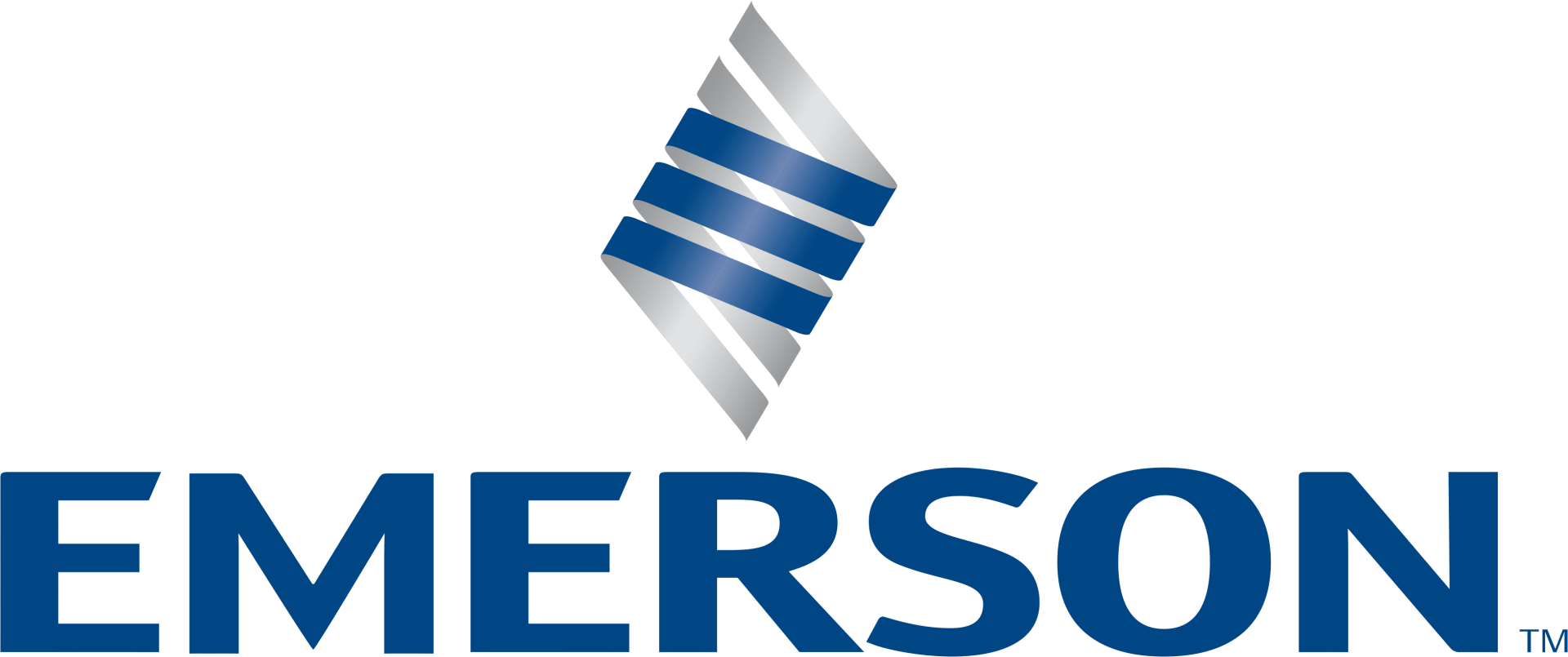
EmersonValveLink Pro Mobile Agent The ValveLink™ Pro Mobile Agent is an IOT prototype to be able to show partners and customers the idea of the product for Product Management/Marketing. The intended users of the Mobile Agent are Android Users. The mobile application was designed in Android Studio to reach those users. The mobile agent will primarily be for transferring licenses and diagnostic files. The purpose of the ValveLink™ Pro Mobile Agent is to have established a secure connection with the mobile application and the ValveLink™ Instrument. The ValveLink™ Pro Mobile Agent is composed of a smartphone application designed to upload/transfer files from an NFC-Bluetooth or QR-Bluetooth connection. The Mobile application has read NFC tags and QR codes, both containing the MAC address of the computer. The Bluetooth connection is established by a handshake via the laptop’s MAC address scanned by the QR code or Bluetooth. The team developed a Web Portal with the following pages Audit Logs, Users, Inbox, and Outbox for customers to be able to upload and download files. The tables in pages show information respective to their page for each company setup with the Diagnostic files. The Audit Logs and Users page are only available for the Administrator to access. The User page has functionalities for the Administrator to add/delete users, reset pins, and grant/revoke access for users. |
|||||||||||
|
|
Squad Team Members
|
||||||||||
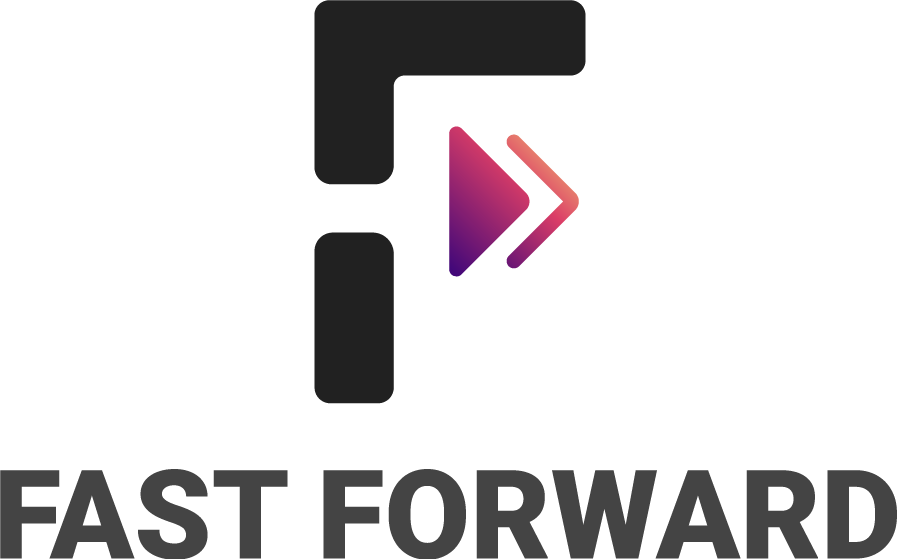
Fast ForwardNavigation Application 2.0 Fast Forward, based in Kearney, NE, is inspecting powerlines from all paved and non-paved roadways using a vehicle-based, roof-mounted camera system that takes pictures of powerlines on both sides of the road. Both in planning, and during the actual image capture, Fast Forward needed a navigation application to ensure they drive the sheer volume of roads in a project. Since the challenge is not getting from Point A to Point B, but rather traversing down every road in a given geography, traditional navigation apps would not cut it. Last year, Fast Forward sponsored a team of students to begin working on an application to do the routing they desired. The previous year’s team was able to take the needs of Fast Forward and begin working on a solution. During this time, they were able to provide invaluable research into routing and tracking systems that would be used on the app. Before the end of the project, the team was able to develop a protype Webapp with a backend on AWS and a mobile app using Flutter. For the first semester of the 2023-2024 school year, a new team of developers was able to take over and continue working with Fast Forward. The new team was able to learn from the previous year’s research and app documentation to hit the ground running. The webapp was improved upon to include a brand-new routing engine which allowed for routes to be created faster and be more humanly drivable. The team also noticed issues within the mobile app code and started work on a total restructure of the new app to simplify future development. At the start of the next semester, Fast Forward began using the UNL team’s apps as their primary navigation system. This facilitated the team to create a Dev and Main environment to keep the working version in an environment where it would be less likely to impact production. The team completed work on the new mobile app, which has increased navigation potential and provided better modularity for new features to be added in the future. During this time, the team has also worked on adding new additions to the webapp such as user accounts and ways to view specific data points from the routes. |
|||||||||||
|
|
Squad Team Members
|
||||||||||

Mutual of OmahaGroup Insurance Observability Platform The aim of our project was to develop an observability platform for Mutual of Omaha's Group Insurance, tailored to a large, distributed architecture. Observability involves the quantitative assessment of a system's state by collecting and evaluating system outputs, such as metrics, interactions, and events. For data output, we utilized Apache Kafka, a distributed event store and stream-processing platform. Instead of real proprietary data, simulation data was provided. Our challenge was to devise a solution capable of accepting, processing and recording data as if it were genuine data from Mutual of Omaha. The subsequent challenge involved processing and storing the incoming data from Kafka. We chose Amazon DynamoDB for storage because its primary and sorting keys enable quick data retrieval. Furthermore, its scalability, security, and fully managed NoSQL services made it a great choice for our project requirements. Our primary objectives were to persist at least one business process-oriented and one technology-oriented observability data feed in a cloud datastore. These feeds needed to be accessible through a secure, scalable REST API, then consumed and displayed in a component view within an existing browser-based application for effective observation and monitoring. For business process-oriented data, our goal was to identify which insurance processes were the most time-consuming to optimize workflow, as articulated: "As a business operations manager, I want to know what insurance processes take the most time so that I can optimize workflow." For technology-oriented data, we aimed to understand which systems initiate a business process to identify heavy users: "As a developer, I want to know which systems initiate a business process so I know who is using the most resources." Designing the main system architecture, particularly selecting the appropriate DynamoDB primary and sorting keys, posed our greatest challenge. It required several database redesigns before achieving a design that was both scalable and flexible. This effort enabled us to meet our current data requirements and provided a framework for easily incorporating future requirements. |
|||||||||||
|
|
Squad Team Members
|
||||||||||
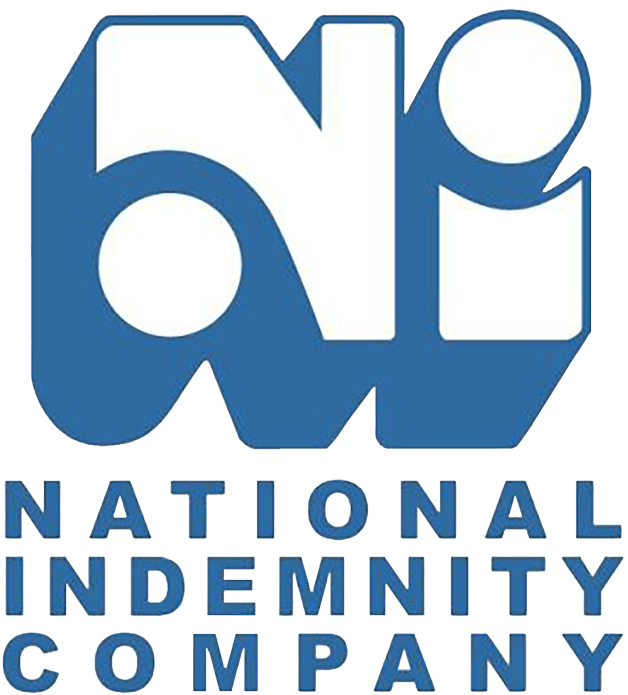
National IndemnityAIML The team was tasked with developing a Machine Learning model that could assist underwriters in writing insurance premiums, among other things. The initial system was done entirely manually, with an underwriter looking at all the data themselves and evaluating each claim one at a time. Needless to say, this was a slow process. The new model’s goal was to ingest data and provide desired information, such as a driver score, for the underwriter to use. This would make the underwriter’s job easier and greatly improve the efficiency of their work. This is a greenfield project, meaning the team had to set up the data ingestion and create the model themselves from scratch, with support from National Indemnity Company (NICO). The team ran into roadblocks along the way; chief among them, the team was unable to set up automatic data ingestion. To get as much work done as they could without it, the team instead used data snapshots and mock data to build the model that they could, designing things such that a future team could easily pick up the reins and add data ingestion at a later date. The team primarily worked with Azure DevOps, Azure Data Factory, SSMS, Python, the Pandas library, the Scikit library, the TensorFlow library, and Jupyter. The team put a lot of time into feature engineering, to give the model new data points to focus on. Some of the features the team added were detecting a vehicle’s garaging location, accounting for natural disaster likelihood, determining the amount that someone drives at night, and more. The model is a gradient boosting machine using XGBoost that can predict a driver’s score. The team also created Jupyter notebooks for much of their code and features for documentation purposes. |
|||||||||||||
|
|
Squad Team Members
|
||||||||||||

Nebraska MedicineIdentify, Isolate and Inform This project was started in January 2024 instead of August 2023. In addition to the five members listed, the team has six other members who will be continuing this project until December of 2024. Because of that, our project is not finished yet. Throughout the fall, the five original members spent their time getting familiar with Unity (a popular engine used for VR development) and other aspects of VR development like animations, connecting VR headsets to Unity, and more! By the time January arrived, the team got the opportunity to work with Nebraska Medicine to apply their skills and teach their new team members everything they spent the last semester learning. This project can be split into three sections: identify, isolate, and inform. They worked with Nebraska Medicine to create a storyline that the user will follow to learn each part of this process. Identify is where the staff member can recognize the patient has symptoms of a high consequence infectious disease. The next step is to isolate the patient, so the disease does not continue to spread. The final step is informing public health and other internal and external sources that this disease is present. In February, they traveled to Omaha to tour a couple of Nebraska Medicine hospitals. This was a cool experience having them explain each step of the storyline in detail, pointing out specific medical equipment needed in our project, and getting to see certain areas in the hospitals like the isolation unit that was used to treat Ebola and COVID. The team was able to get a 3D model of the hospital from Nebraska Medicine which saved them lots of time from having to create a model from scratch. Currently, they are finishing up creating and placing all the assets (objects like chairs, desks, people, etc.) in the lobby and triage room, creating a start menu, and adding in things like background audio and animations. Once the project is completed, Nebraska Medicine has plans to give this training to hospitals across the country to help better train their staff to reduce the spread of infectious diseases. |
|||||||||||||||||||||||
|
|
Squad Team Members
|
||||||||||||||||||||||

Nebraska Water CenterKnow Your Well 2.0 The “Know Your Well” (KYW) project educates Nebraska high school students on how to sample and test well water. Students go out into the field and collect data on the water quality and land use of private wells. The results of these tests are shared with the well owners to keep them informed about the quality of their well water. This project helps water scientists and well owners alike know more about our groundwater. This is the second year of this project, and last year’s team decided that a progressive web application (PWA) would best fit the sponsors’ needs. This PWA uses web platform technologies but provides user experience like a general IOS/Android application. This PWA also has features such as an Azure database, login authentication using Nebraska Cloud, and offline caching. Last year’s team provided a strong foundation for us to build on, but there were some existing bugs and maintainability issues. These were the first issues the team resolved before working on new functionality. Once that was complete, the team completed the work with Nebraska Cloud user authentication, added offline caching, and added exportation of data to a CSV file. The previous team established an effective way to store well information; however, from students’ perspective, only some wells would be relevant to their school when testing. Contact was established with Nebraska Cloud, an identity provider for Single Sign On (SSO) implementation, that acts as a centralized area confirming and storing identities for schools within the Nebraska area. From here, the team integrated their services into the application, enabling user login functionality and the ability to filter wells by school. Students need to do work in rural areas without internet connection, so offline functionality was a priority for the team. When a student tries to data for a field activity or well info without an internet connection, the app will cache the data and persist it to the database once the student regains an internet connection. The data is stored locally in a queue, so students can submit multiple field activities and wells while offline. |
|||||||||||||
|
|
Squad Team Members
|
||||||||||||
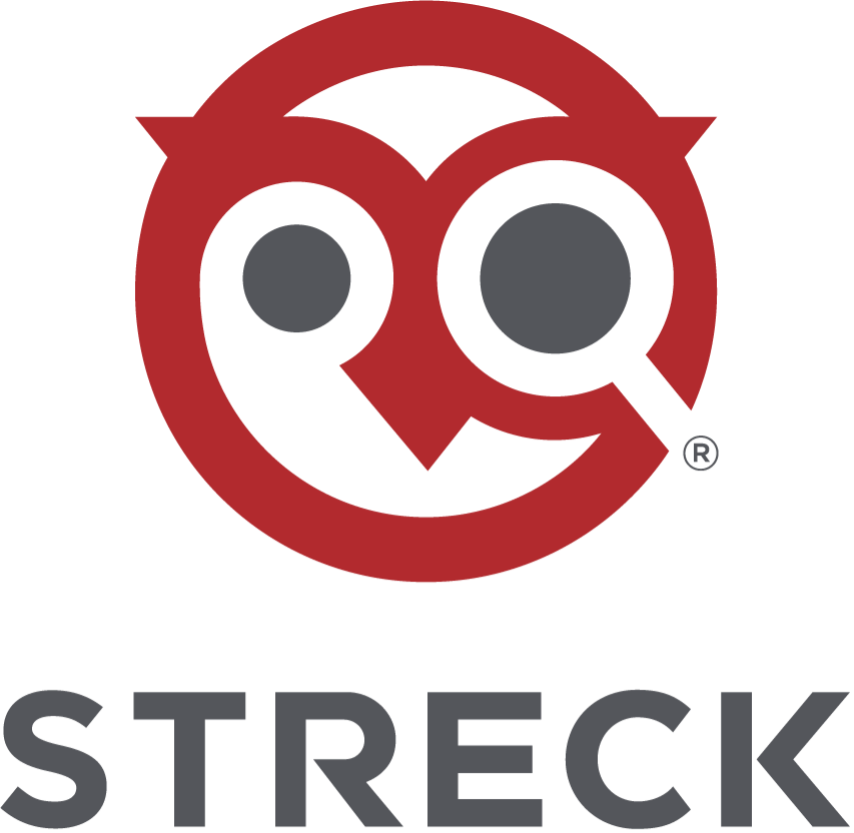
StreckAutomated Biotech Data Enhancement Project The primary goal of the Senior Design project was to improve Streck’s data collection and analysis procedures for biotech product development. The team achieved this by creating a Web App capable of dynamically uploading experimental data from various sources, eliminating manual extraction. The Web App also includes features for querying and combining collected data, allowing users to generate customized reports crucial for analysis and decision-making. Additionally, the team designed a database structure to efficiently store raw data, including CSV files and PDFs, ensuring accessibility and data integrity. The team encountered challenges during the project, one being the prioritization of features. Initially, integrating with medical devices was part of the plan. However, due to time constraints and initial misunderstanding of the issue, the team along with the sponsors decided to prioritize detailed report generation over device integration. Upon discussing this with the sponsor, the team streamlined the development process to focus on the most useful goals. Another obstacle the team faced was hosting the application's database. Initially, the team relied on local hosting, limiting database access to only two team members. To address this, the team divided the team's responsibilities, allowing each member to focus on specific aspects such as functionality, database management, or front-end development. This approach ensured progress across all areas of development without dependency on others. |
|||||||||||||
|
|
Squad Team Members
|
||||||||||||
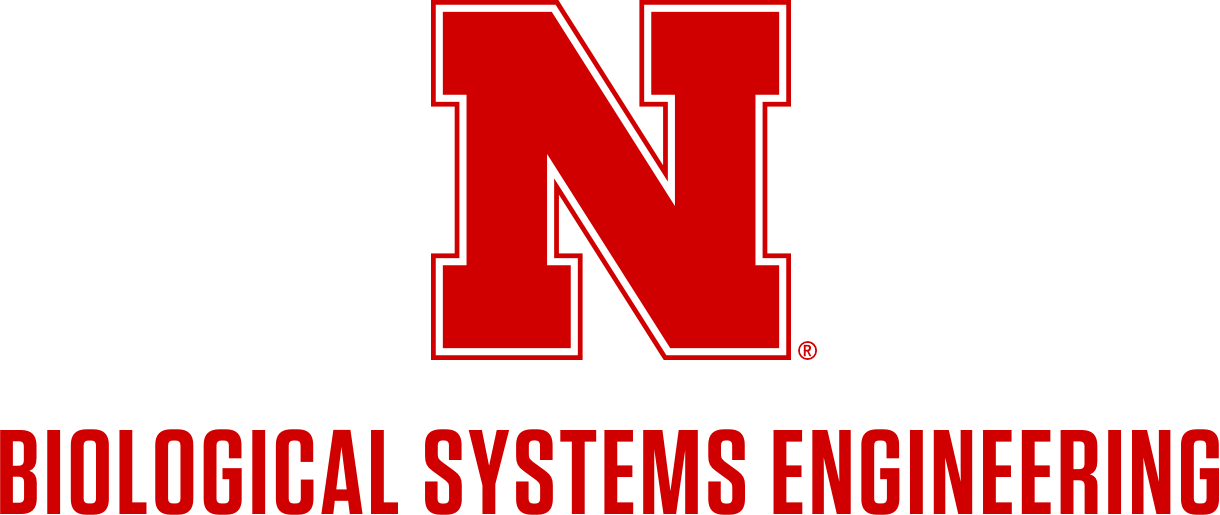
UNL Biological Systems EngineeringAMI Lab - Swine Monitoring System The Swine Monitoring System, initially developed in MATLAB by the UNL Biosystems team, has undergone a significant transformation, transitioning to Python to better serve the team’s evolving requirements as well as transforming the system to run off Linux instead of Windows. This system integrates RFID technology with digital and depth cameras to offer a comprehensive solution for monitoring and managing pigs efficiently. By capturing RFID reads from feeders and drinkers, summarizing feeding and drinking times for anomaly detection, and utilizing RFID triggers to capture images of animals, the system provides real-time insights into swine behavior and health status. The system aims to empower producers and caretakers by alerting them to potential issues and identifying pigs ready for marketing. Through the utilization of a user-friendly graphical interface developed with PyQt5, users can easily navigate through various functionalities, including camera connections, TCP communication, JSON configuration management, debugging, and accessing help resources. The depth map feature enhances the system’ s capabilities by providing a deeper representation of the depth data captured, offering an additional view of pig activity. Additionally, four new APIs were developed to aid data transmission and ease data management. Functionality among these APIs includes an hourly-status API that delivers essential system metrics such as memory usage and storage statistics. A capture-status API efficiently handles .zip file components, transferring them to designated disk stations, and another logging API ensures smooth communication by sending communications.log files to the server. Finally, a file-upload API plays a pivotal role in incrementally transferring data from a communications hub to the server, employing robust data validation processes to ensure accuracy and sequential integrity. |
|||||||||||
|
|
Squad Team Members
|
||||||||||

UNL SoC BohnGambol We are the entrepreneurial team, which means our task for the year was to create a brand-new business. After a few brainstorming sessions with Don’t Panic Labs, we settled on creating a new intramural sports management Web application. From there, we developed Gambol. Gambol’s mission is to change the game of intramural sports by keeping what works, deleting what doesn’t, and implementing all new engaging features. This project also aims to streamline user experience by placing common options such as changing team settings or viewing game schedules in easy to reach and clearly labeled locations. We aim to offer a platform where players and staff can effortlessly engage in intramural sports, free from the frustrations of using outdated software. We spent this year working on adding notable features to Gambol in order to meet and surpass our competitors. One such feature is an activity and announcements page so users can keep up with what’s going on in their intramural sports community. Another feature is profile customization, meaning teams and users are able to change their profile picture or team color in order to set themselves apart from other teams. We also wanted to be sure to keep Gambol entirely ad-free, unlike our competitors. No features will be blocked by external pop-ups, providing a quality, streamlined service which supports our goal to redefine the intramural experience. Gambol is still a work-in-progress application. The team is working diligently every day to bring new, polished features to the application. What you see today is just a glimpse of a new way to experience intramural sports for all players. With continued support and feedback, we hope to improve Gambol and integrate the application with various universities across the nation as the main platform for creating and managing intramural games. |
|||||||||||||||
|
|
Squad Team Members
|
||||||||||||||

UNL SoC Falkinburg-DanielHusker Scope 3.0 The team’s goal with Husker Scope 3.0 was to build upon the work done by the previous two teams and improve the existing feature set of the application and hardware interface device. Husker Scope is an application that aims to make expensive and complex pieces of electronic lab test equipment more accessible to students and faculty by bundling them in a user-friendly cross-platform application. The app includes a dual-channel oscilloscope, dual-channel function generator, dual-channel spectrum analyzer, AM/FM modulator and now an 8-channel logic analyzer. The primary audience for this application is electrical and computer engineering students and faculty at the University of Nebraska-Lincoln and abroad for use in their coursework. However, it is intended for any individual who is curious about electronics and in need of the tools Husker Scope offers to expand their horizons. For this iteration the Husker Scope 3.0 team was assigned the following four key objectives: implement a hardware interface to enable dual-channel inputs for oscilloscope and spectrum analyzer components, implement an 8-channel logic analyzer component, design a hardware interface that bridges the software app with a physical circuit using wireless Bluetooth communication, and extend the app’s functional frequency range by increasing the sampling rate to over 1 million samples per second and allowing for frequencies outside of the normal audio range of 20Hz to 20kHz. The team began the project by dividing into two teams, hardware and software, based on their respective backgrounds and skillsets. This division was done for organizational purposes with the understanding that either team could step in to assist the other depending on the current project demands. The software team focused on building up the web and mobile applications and coding the logic analyzer component. The hardware team focused on developing the hardware interface for the app using the Cmod S7 FPGA and BLE (Bluetooth Low Energy) devices for development and testing. The first major feature added to the application was the logic analyzer. The goals of the logic analyzer were to provide users with an analysis tool for digital inputs and to improve the feature set of Husker Scope. The logic analyzer has fine scrubbing capability, adjustable time scale, zoom functionality, play/pause functionality, and eight channels. The second major feature added to the application was the hardware interface. The goals of the hardware interface were to allow users to probe a physical circuit and have the dual-channel data be wirelessly transmitted to Husker Scope for visualization and analysis. A user is intended to connect oscilloscope probes to the hardware interface PCB to use with their circuit and then this data will be processed on the board and transmitted. This interface is compatible with all of the tools provided in Husker Scope. |
|||||||||||||
|
|
Squad Team Members
|
||||||||||||

UNL SoC Liu3D map of UNL City Campus The goal of the project was to create a high-definition 3D map of UNL City Campus from data gathered by LiDAR equipment mounted to a vehicle. To further increase the accuracy of the 3D model, the team utilized multiple collection sets to get overlapping data, and the vehicle collected GPS and IMU data to get more accurate location data. The team then used a SLAM algorithm to extract a 3D map that is high-fidelity, accurate, efficient, and robust. The team then used the 3D map to aid them in creating a vector map, which would be used by autonomous driving software to determine where the vehicle can and can’t go. Additionally, the team was tasked with developing a LiDAR harness capable of collecting data while attached to a walking user. The team created a development plan for converting data collected into an HD map utilizing several open-source tools and algorithms (such as VectorMapBuilder and Fast-LIO). After data was collected, it would be fed through a SLAM algorithm (Fast-LIO) to generate a file with 3D location data, called point cloud data (PCD). This PCD was then uploaded to VectorMapBuilder, which allowed the team to visualize and annotate things such as sidewalks, lanes, stop signs/traffic lights, and crosswalks over the PCD. These annotations make up the vector map. The vector map and 3D map together make up the HD map, and both maps together provide an autonomous vehicle with the information it needs to operate. The team also created a LiDAR harness prototype for the sponsors. Led by Mechanical Engineering Developers Michael Morris and Jacob Coady, the team developed a tool that would be capable of collecting data out of a backpack. They developed a raised platform for the LiDAR sensor to scan from while not conflicting with the user wearing it. The pair utilized 3D CAD software and the College of Engineering machine shop to design and create the harness. |
|||||||||||||||
|
|
Squad Team Members
|
||||||||||||||

UNMC College of NursingHeart Magic School Bus The project's objective is to enhance students' learning experiences using virtual reality technology. Inspired by The Magic School Bus, we opted to develop a 3D exploration of the heart. Our choice of platform for this endeavor is Unity, a versatile and widely used game development engine known for its robust features and user-friendly interface. Unity provides us with the tools necessary to create an immersive and interactive educational experience that will captivate students' attention and facilitate their understanding of complex concepts related to the cardiovascular system. The game offers two main features: a guided learning tour and a quiz option. During the guided learning tour, students embark on a virtual journey through the heart's chambers, where they can observe and interact with various anatomical structures and physiological processes. This tour is designed to provide students with a comprehensive understanding of the heart's structure and function, allowing them to visualize concepts that may be challenging to grasp through traditional textbooks or lectures. Additionally, the quiz option provides students with an opportunity to test their knowledge and reinforce their learning through interactive quizzes and challenges based on the information presented during the tour. This project aims to provide a more interactive approach to cardiovascular education, allowing students to actively participate in their learning process and engage with course material in a meaningful way. By leveraging Unity's capabilities, we aim to deliver an effective learning tool that simplifies the complexities of the cardiovascular system for students while promoting active learning and retention of key concepts. Through this innovative approach, we hope to inspire students to develop a deeper appreciation for the intricacies of the human body and its physiological processes, ultimately preparing them for success in their academic and professional pursuits. |
|||||||||||||
|
|
Squad Team Members
|
||||||||||||

USDA-NRCSWetland Determination Tool Every year the USDA-NRCS, Nebraska receives and processes approximately 3000 requests for wetland determinations on private agricultural lands. These determinations are critical to both producers’ conservation compliance objectives (to be eligible for Farm Bill programs) as well as the U.S. Department of Agriculture’s (USDA) mandate to protect wetlands across the United States. In 2018, Nebraska NRCS address this challenge by 1) combining all compliance staff into one central team and 2) mandating that all preliminary determinations be performed remotely using offsite techniques, better data, and more technology. Now the state’s 3000 annual requests are handled by a team of just 7-10 wetland biologists and soil scientists. The project goal is to create a comprehensive ArcGIS Pro add-in to delineate, attribute, and finalize certified wetland determinations to support the NRCS in creating their determinations. Many of the key features of this tool were previously developed by the 2022-23 Senior Design team. Our task was to maintain and fix issues with the tool and create a way for the wetlands determination tool to export formatted data into government letters and forms to produce a completed wetland determination report. The team began work by becoming familiar with the terminologies and technologies used to make a wetland determination while also becoming familiar with the previous team’s design patterns. The tool is created with .NET 6 and utilizes the Model View ViewModel (MVVM) design pattern which the team continued to utilize. Additional exporting features utilized the OpenXML libraries. |
|||||||||||
|
|
Squad Team Members
|
||||||||||
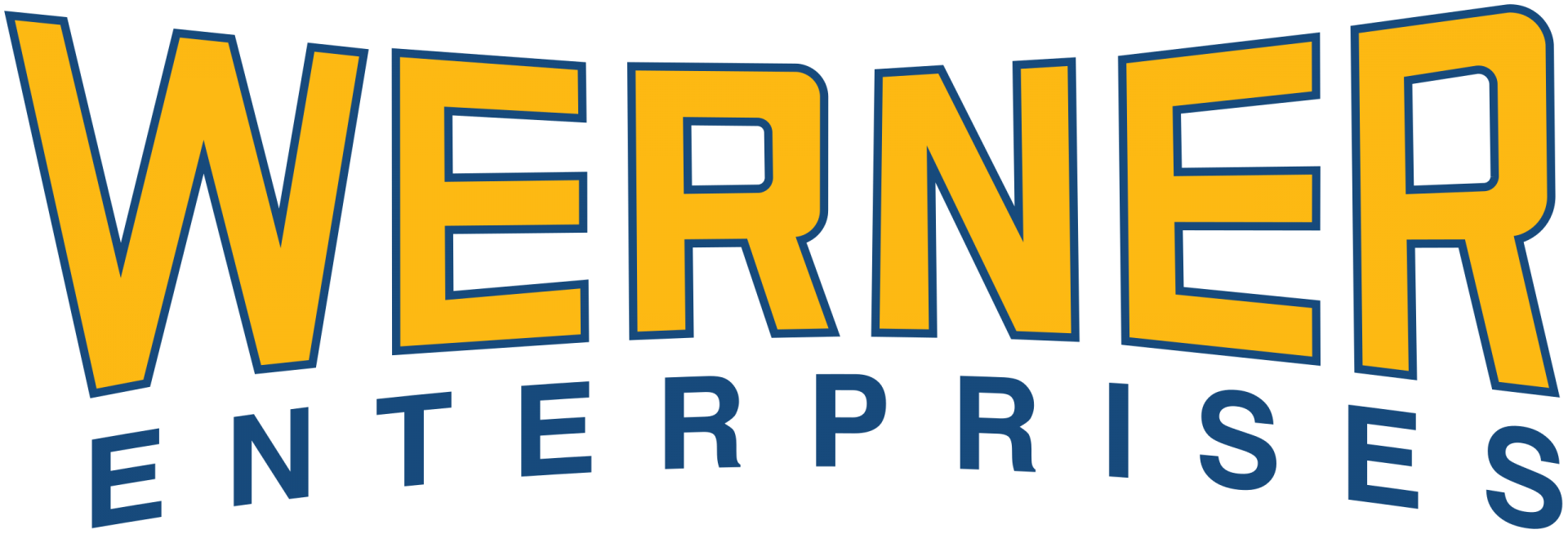
Werner EnterprisesAsset Health Werner Enterprises needed an app to let their drivers manage their truck’s maintenance, perform truck inspections digitally, and access their online informational resource library. This app will help Werner’s drivers get their trucks ready and get on the road faster, as they can perform all of these functions within one app. Being able to perform inspections digitally and take pictures of the truck will help drivers perform inspections quicker, and also allow other Werner employees to review the state of the truck as it was when the inspection took place. The team created a full-stack application using existing mockups that Werner provided. As part of the inspection process, the application allows its users to take and upload images, go through an inspection checklist, and request equipment. Notifications and an in-app banner are used to inform drivers of necessary inspection and maintenance. Informational resources are also available to drivers in the app, so they can easily access these resources instead of having to go to a different website to get to them. This will let Werner drivers access important and useful information quickly. Their maintenance page in the app lets drivers know how long they have until important maintenance milestones and gives them more details about any active fault codes their truck may have. This lets them stay safe and keep their truck’s maintenance up to date. |
|||||||||||||
|
|
Squad Team Members
|
||||||||||||
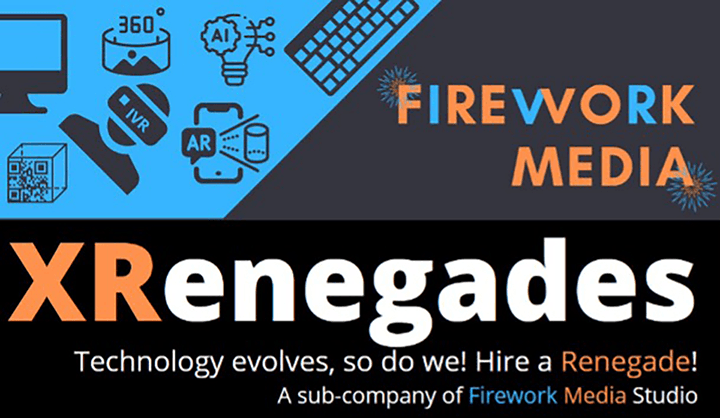
XRenegadesXRSurvive: Run Hide Fight Edition Active shooter scenarios are unfortunately a scenario that is common for a person to experience in their lives, however there were not any valuable resources for giving people a hands-on experience on what to do when presented with these life-threatening scenarios. The team behind XRSurvive: Run, Hide, Fight Edition developed a unity-based virtual reality application that accomplishes this task and is hosted on an educational non-profit platform Curio XR so that as many people will have access to this potentially life-saving tool without any barriers. XRSurvive: Run, Hide, Fight Edition takes the user through 3 scenarios: Run, Hide, and Fight. These scenarios are the responses recommended by the FBI. Each scenario teaches the user how to embody the theme of Run, Hide, or Fight. For example, in Hide the player must make a quick-thinking decision on where to hide and then hold that position until the scenario finishes. Other aspects such as a results screen informing the player on the quality of their decision and actions, work together to teach the player what they should do in these positions during an active shooter scenario. XRSurvive: Run, Hide, Fight Edition also takes the player into three of the most common locations to be targets of active shooters: A school, a restaurant, and a concert venue. These three locations offer the player a chance to show that the three responses of Run, Hide, and Fight can be applied to many distinct locations. This helps the user become adaptable to their environment and how to act if they happen to be in an active shooter scenario. |
|||||||||||
|
|
Squad Team Members
|
||||||||||




